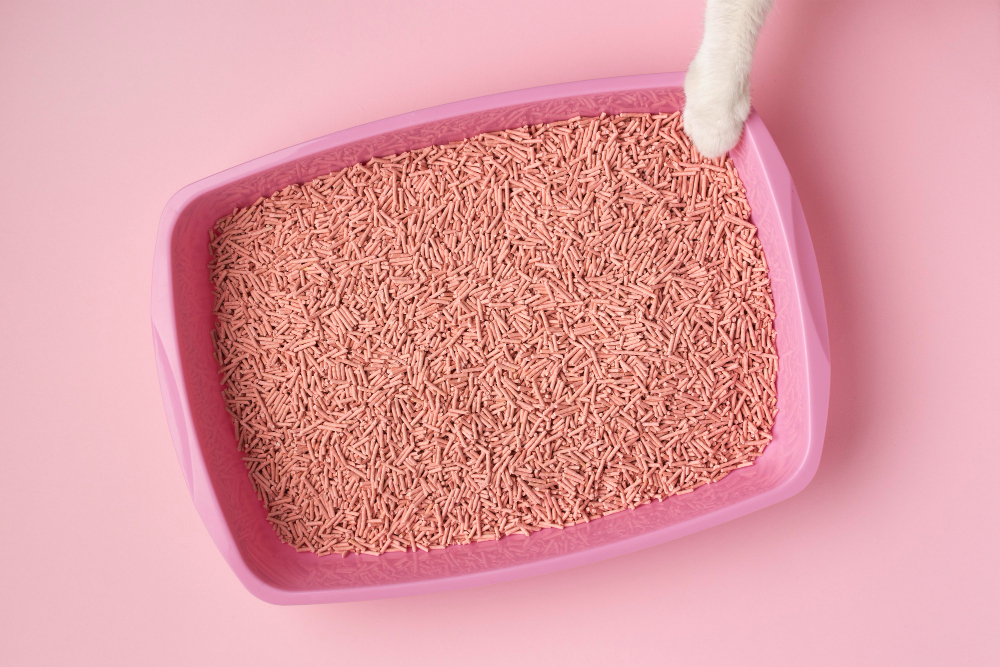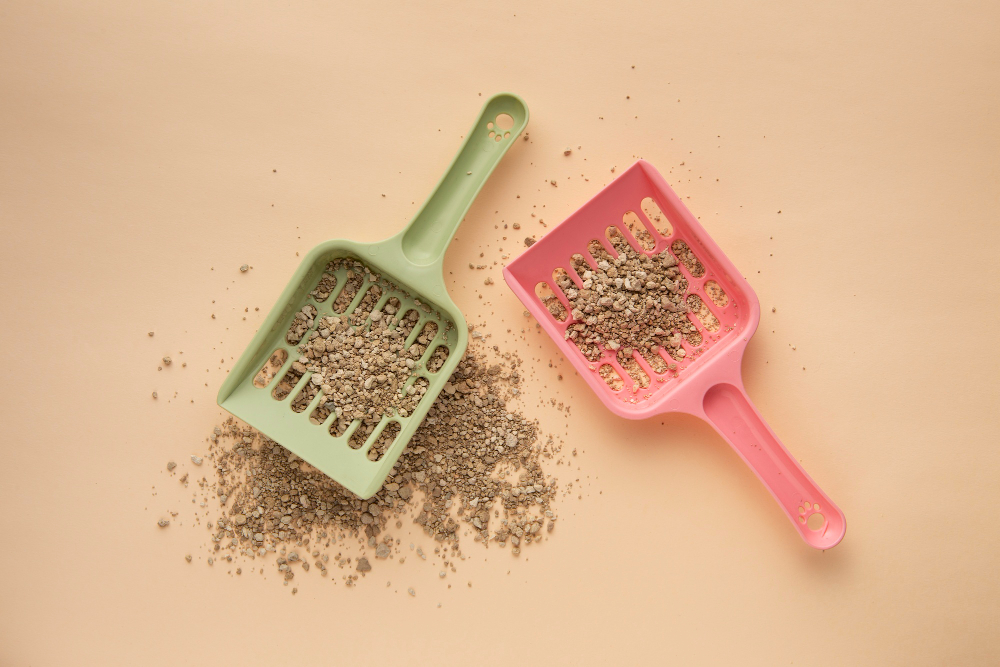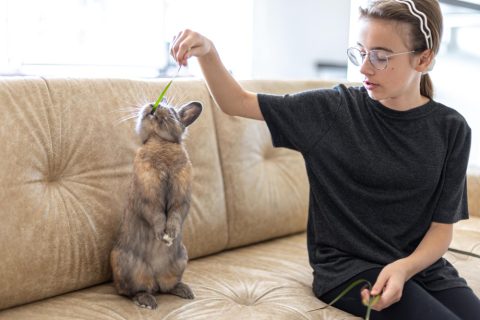Toilet training a cat may sound like the ultimate life hack for pet parents. Imagine: no more scooping litter, no more lingering smells, and definitely no more tripping over a litter box in the middle of the night. But as appealing as it sounds, toilet training your feline friend isn’t for everyone—or every cat. Let’s take a clear-eyed look at the pros, cons, and viable alternatives, so you can decide what’s best for you and your furry companion.
Contents
Why Some Cat Owners Try Toilet Training
The motivation behind teaching cats to use the toilet is often simple: convenience. Litter boxes can be messy, smelly, and take up space. The rise of videos on platforms like TikTok featuring cats perching proudly on porcelain thrones has only added fuel to the trend.
Pet parents living in small spaces, such as pet friendly apartments, may see toilet training as a smart way to minimize pet odors and save floor space. Others want to cut down on the cost of litter or reduce pet waste in the home. It’s also one less thing to clean—who wouldn’t be tempted?
The 7-Step Toilet Training Process (In Theory)
If you do choose to explore this path, here’s the basic process many advocates follow:
- Move the litter box next to the toilet. Allow your cat time to adjust.
- Gradually raise the litter box. Use sturdy stacks like old books so your cat learns to jump up.
- Shift the litter box over the toilet. Eventually, it should sit directly on the closed seat.
- Replace with a training tray or wax paper. Some pet parents use flushable litter on top.
- Cut a hole in the center over time. Make it bigger gradually as your cat adjusts.
- Remove the litter and training tray. Encourage your cat to perch directly.
- Reward every successful attempt. Treats and praise help reinforce the behavior.
This training could take weeks—or months. Patience is non-negotiable.
But Is It Really a Good Idea?
While the concept sounds tidy, many veterinary behaviorists strongly advise against toilet training cats. Here’s why:
- Natural instincts are disrupted. Cats prefer to dig and cover their waste. A toilet doesn’t offer that.
- Posture matters. Balancing on a toilet seat can strain joints, especially in senior or overweight cats.
- Missed medical cues. You’ll lose the ability to monitor urine or stool changes, which could signal issues like diabetes or kidney disease.
- Stress-induced accidents. If a cat becomes anxious, they may seek more comforting places—like your bed.
- Slippery risks. One bad fall into the bowl may scar them for life (or at least derail training).
Experts from institutions like UC Davis and the Pet Resource Center of Kansas City argue that what’s convenient for humans may compromise a cat’s physical and emotional well-being.

When Toilet Training Goes Wrong
Not every attempt ends in success. Some cats grow fearful of the bathroom altogether, while others become inconsistent in their habits. In rare cases, toilet training can even backfire, creating long-term behavioral problems that require retraining.
If your cat starts eliminating in inappropriate places, act quickly. Reintroduce the litter box, use a pet odor eliminator to discourage repeat offenses, and consult your vet. In some cases, support from services like home again pet recovery can help retrain lost habits.
Alternatives That Work (And Keep Your Cat Happy)
For those seeking a cleaner, more manageable litter experience without risking your cat’s health, consider these alternatives:
- Automatic litter boxes. Some high-tech models scoop for you—great for busy schedules.
- Covered or disguised boxes. Hide the eyesore inside a cabinet or bench.
- Dust-free litter. Reduces mess and smell, especially in high-traffic homes.
- Strategic placement. Use pet waste stations outdoors or in garages for multi-cat households.
If your home has multiple pets or you live in a city where space is tight (hello, pet insurance nyc subscribers), these options often strike a better balance between convenience and feline contentment.
Final Thoughts: Let Your Cat Be the Guide
Toilet training your cat is certainly possible—and for some, it’s even successful. But it’s not a one-size-fits-all solution. Cats are individuals. What works for a spry Siamese in a studio apartment might be a total flop for a chunky tabby in a multi-story home.
Before you trade in your litter scoop for a roll of wax paper, ask yourself: Am I doing this for me, or for my cat? Chances are, your perfect pet will be happiest with a clean, accessible litter box—and a bit of help from you.
Related terms naturally included: pet friendly apartments, pet waste station, pet odor eliminator, home again pet recovery, pet resource center of kansas city, pet insurance nyc, my perfect pet.









